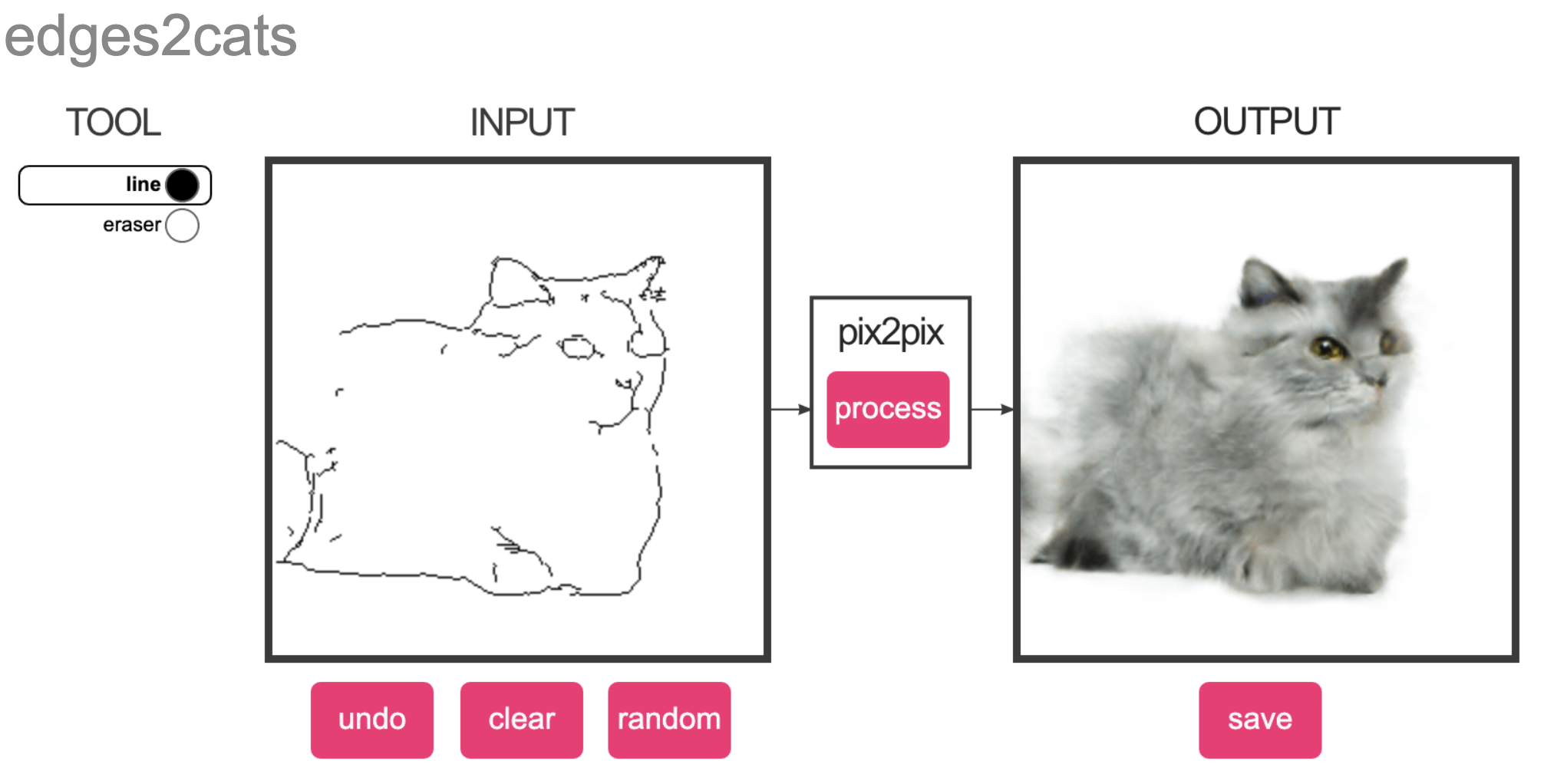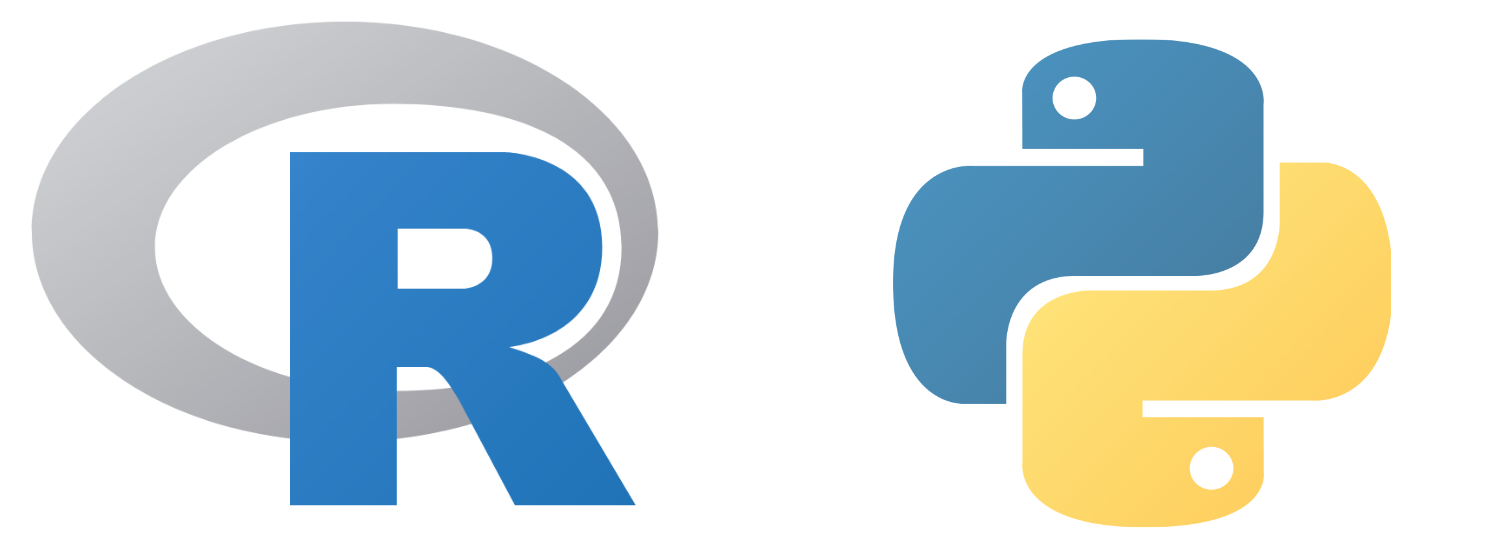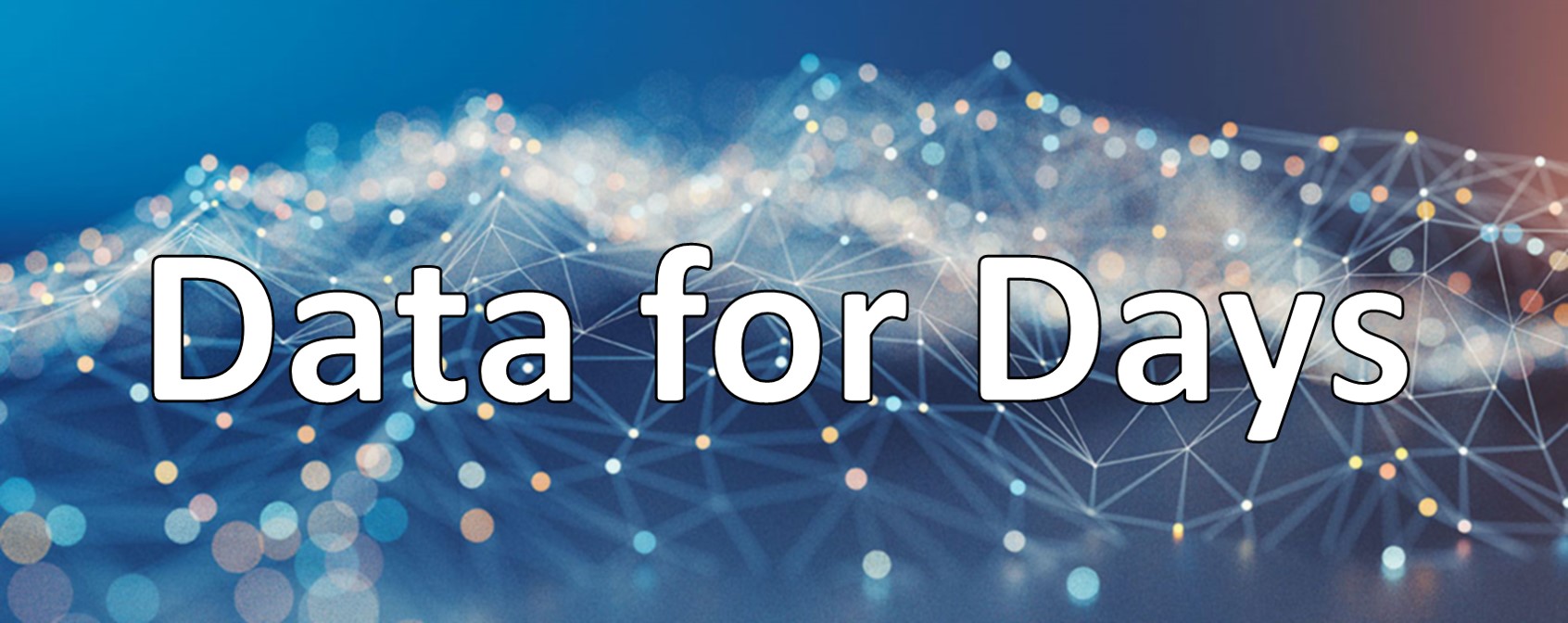Tag: python
AWS Essentials for Data Science3. Compute
December 31, 2022#aws #python
 Screenshot from Christopher Hesse’s amazing Image-to-Image Demo
Screenshot from Christopher Hesse’s amazing Image-to-Image Demo
AWS Essentials for Data Science2. Storage
August 20, 2022#aws #sql #python
Do you store your music, videos, and personal files in a garage full of hard drives? My bet is… no. Unless you’ve avoided iCloud, Dropbox, and Google Drive the last fifteen years – and if you have, props to you! – then you’re likely using cloud storage. You can recover your texts if you lose your phone; you can share files with links instead of massive email attachments; you can organize and search your photos by who’s in them.
AWS Essentials for Data Science1. Why Cloud Computing?
April 17, 2022#aws #python
Imagine you’re a coordinator for data science meet & greets in New York. A major part of your planning involves reserving a venue to accommodate your guests. You’ve always rented venues around the city, but you wonder if it’d be better to just buy your own to avoid the hassle of searching for a free one every time.
Exploring stacks and queues
November 28, 2021#computer-science #python
In our last post, we covered data structures, or the ways that programming languages store data in memory. We touched upon abstract data types, theoretical entities that are implemented via data structures. The concept of a “vehicle” can be viewed as an abstract data type, for example, with a “bike” being the data structure.
Intro to data structures
October 19, 2021#computer-science #python
Imagine you build a wildly popular app that is quickly growing towards a million users. (Congrats!) While users love the app, they’re complaining that the app is becoming slower and slower, to the point that some users are starting to leave. You notice that the main bottleneck is how user info is retrieved during authentication: currently, your app searches through an unsorted list of Python dictionaries until it finds the requested user ID.
A deep dive on ARIMA models
August 11, 2021#python #statistics
Predicting the future has forever been a universal challenge, from decisions like whether to plant crops now or next week, marry someone or remain single, sell a stock or hold, or go to college or play music full time. We will never be able to perfectly predict the future[1], but we can use tools from the statistical field of forecasting to better understand what lies ahead.
A hands-on demo of analyzing big data with Spark
June 16, 2021#python
Cloud services firm Domo estimates that for every minute in 2020, WhatsApp users sent 41.7 million messages, Netflix streamed 404,000 hours of video, $240,000 changed hands on Venmo, and 69,000 people applied for jobs on LinkedIn. In that firehose of data are patterns those companies use to understand the present, predict the future, and ultimately stay alive in a hyper-competitive market.
Efficient type validation for Python functions
April 18, 2021#projects #python
When it comes to writing complex pipelines running in production, it’s critical to have a clear understanding of what each function does, and how its outputs affect downstream functions. But despite our best efforts to write modular, well-tested functions, bugs love hiding in the handoffs between functions, and they can be hard to catch even with end-to-end tests.
SQL vs. NoSQL databases in Python
April 5, 2021#python #sql
From ancient government, library, and medical records to present-day video and IoT streams, we have always needed ways to efficiently store and retrieve data. Yesterday’s filing cabinets have become today’s computer databases, with two major paradigms for how to best organize data: the relational (SQL) versus non-relational (NoSQL) approach.
Building a full-stack spam catching app 3. Frontend & Deployment
March 21, 2021#machine-learning #projects #python

Building a full-stack spam catching app 2. Backend
March 14, 2021#machine-learning #projects #python

Building a full-stack spam catching app 1. Context
March 11, 2021#machine-learning #projects #python

How to enter data science 4. The engineering
December 30, 2020#careers #data-science #python
Welcome to the fourth post in our series on how to enter data science! So far, we’ve covered the range of data science roles, some inferential statistics fundamentals, and manipulating and analyzing data. This post will focus on software engineering concepts that are essential for data science.
How to enter data science 3. The analytics
December 15, 2020#careers #data-science #machine-learning #python
Welcome to the third post in our series on how to enter data science! The first post covered how to navigate the broad diversity of data science roles in the industry, and the second was a deep dive on (some!) statistics essential to being an effective data scientist. In this post, we’ll cover skills you’ll need when manipulating and analyzing data. Get ready for lots of syntax highlighting!
Perspectives on Python after R
July 24, 2020#python #r
 My first programming language was R. I fell in love with the nuance R granted for visualizing data, and how with a little practice it was straightforward to pull off complex statistical analyses. I coded in R throughout my Ph.D., but I needed to switch to Python for my first non-academic job. Picking up a second language went much faster than the first, but there was a lot to get used to when I transitioned.
My first programming language was R. I fell in love with the nuance R granted for visualizing data, and how with a little practice it was straightforward to pull off complex statistical analyses. I coded in R throughout my Ph.D., but I needed to switch to Python for my first non-academic job. Picking up a second language went much faster than the first, but there was a lot to get used to when I transitioned.
